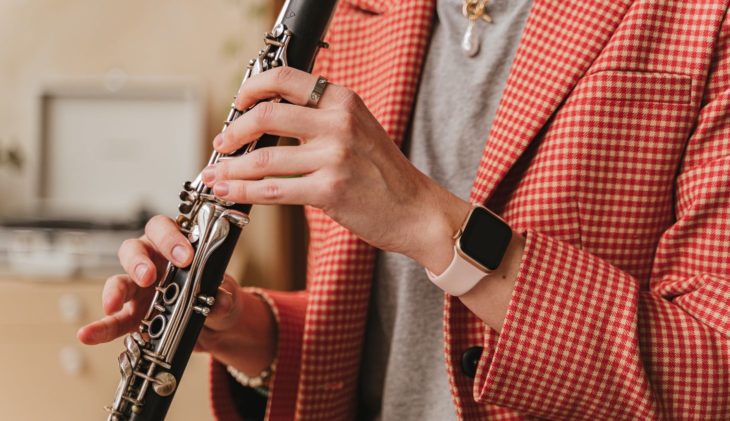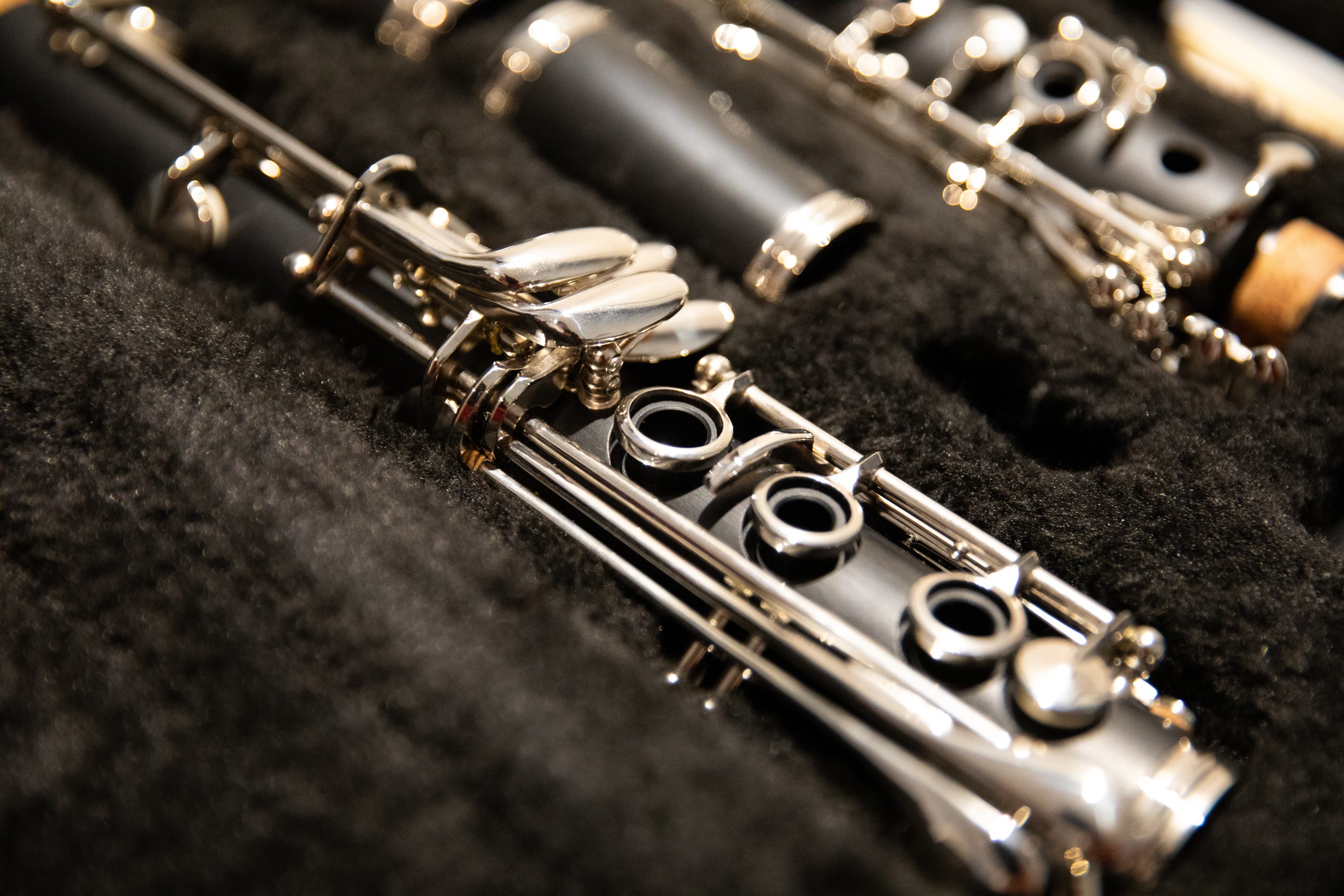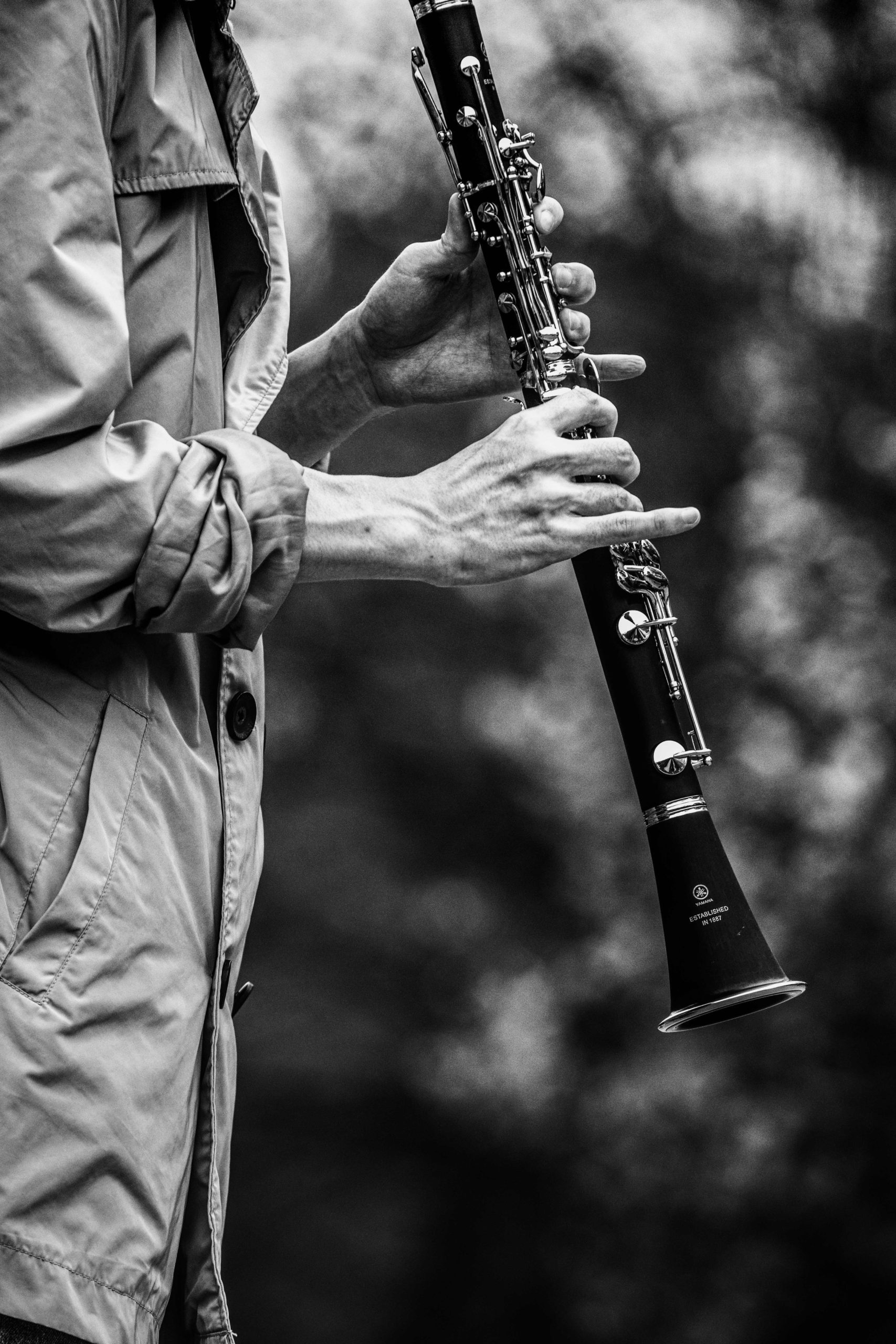The top 10 most famous film scores of all time
New post

Already at a young age, many students consciously choose the clarinet to pursue a musical hobby. It is above all the many options and genres in music that make the clarinet so popular. However, in order to practice the clarinet, it is important to have the necessary motivation and perseverance, especially in the beginning. In this article we will show you how to practice the clarinet and what really helps.
The clarinet has a long and interesting history. It was developed in Germany in the 18th century and quickly spread throughout Europe. Over time, different variants of the clarinet were developed, such as the bass clarinet or the contrabass clarinet. In the history of music, the clarinet has occupied an important place. Many famous composers such as Mozart, Beethoven, and Brahms wrote for the clarinet and used it in their orchestral works. It is not without reason that it can still be heard in many works today.
Even today, the clarinet plays an important role in music. It is used in many different genres, such as jazz, classical, Klezmer and folk music. Especially in the orchestra, the clarinet comes into its own perfectly, coming into the foreground with its classical way of making music. Those who prefer to play the clarinet as a solo instrument, on the other hand, can find inspiration in jazz.

Before you start playing and practicing the clarinet, you should first take a closer look at its structure. The clarinet consists of five parts: the mouthpiece, the bell, the upper joint, the lower joint, and the bell. The mouthpiece is the part with which you as a musician produce the tones. It is equipped with a reed that converts the vibrations of the air stream into tones. The bell connects the mouthpiece to the top piece and contains a key mechanism that is necessary for playing the low notes and allows for variance.
The upper piece also contains flaps and is connected to the lower piece. The lower piece contains more keys and the thumb holder. The bell is the end of the instrument, amplifies the sound and radiates into the surrounding area. In order to practice your clarinet, the five main parts should of course always be correctly assembled. The same applies to regular and intensive cleaning. Incorrect handling can have a very negative effect on intonation and sound.
To play clean notes on the clarinet, the correct positioning of the mouthpiece is of high importance. The same applies to blowing on the reed. Hold the mouthpiece between your lips, with the reed lightly entering the corner of your mouth. The top of the mouthpiece should be about level with your upper teeth. Be careful not to apply too much pressure, as this can distort the sounds. A steady airflow, on the other hand, will allow you to produce straight tones.
To practice the correct positioning of the reed, you can use the mouthpiece without the clarinet lower section at first. In the beginning, just hold the mouthpiece between your lips and practice blowing on it to get a feel for how to use it. Later you can add the clarinet underpiece without changing anything else while practicing the clarinet.
Another important aspect of tone production is the control of the reed. The reed causes the air to vibrate, which creates the tone on the clarinet. Make sure you don't tighten the reed too much or leave it too loose, but keep it in a neutral position. Again, it can help to practice without all parts of the clarinet at first and focus on controlling the tongue. Once you have the movement figured out, you can continue playing.

Proper posture is especially important when practicing the clarinet in order to achieve good sound quality and the least amount of strain on the body. Sit on a chair with your back straight and place your feet flat on the floor. Hold the clarinet firmly with both hands, with the thumbs resting on the underside of the instrument. The fingertips should rest on the keys and press them lightly to produce the notes. Next, hold the clarinet as level as possible and not too high or too low. The bell should be positioned at about the level of the corner of the mouth. The correct posture is initially more important than a straight tone.
After you have already understood the basics of the clarinet, it comes down to the right tools for practicing. In most cases, you will need sheet music to play the clarinet and to dedicate yourself to the first complete pieces. But other tools can also help you quickly become a clarinet pro:
Which pieces do you want to play the most? With the right sheet music collections, you'll be spoiled for choice and can open yourself to the most beautiful ideas of each genre. This makes it easy for you to slowly increase the difficulty and learn more about the clarinet. Both online and in the form of printed music books, there are numerous scores available to you at any time.
Especially in the first phases of practicing, it is still a bit more complicated to hit the right fingerings. There are practical fingering charts for the clarinet that you can use as a guide.
Live feedback is a very important tool for pointing out mistakes and possible inaccuracies. You can get this, for example, at music school or during auditions in private lessons. Online lessons are also becoming more and more common, allowing you to get the feedback you need in front of your PC. This way, your playing is directly evaluated and analyzed.
The clarinet isn't the easiest instrument to play, which is why structure and focus are important when practicing. If you want to make your first progress on the clarinet quickly, proper application is of utmost importance. This applies, for example, to calm breathing as well as a relaxed posture in order to focus on your playing. The following tips will help you get started:
The clarinet is an ideal instrument choice for both classic and modern music. Both in the orchestra and in solo playing you have the best prospects to feel comfortable with the clarinet. Take a look at the many other articles about the violin or the piano and learn more about perfect practicing. If you would also like to use our personals for musicians, then register now for free here at mukken. We look forward to accompanying you around your instrument.
Ursprünglich veröffentlicht am 8. April 2023 aktualisiert am 8. August 2023
Main topic: Learn piano - tips & tricks for beginners
Originally published on April 8, 2023, updated on August 8, 2023
Main topic: Learn piano - tips & tricks for beginners
